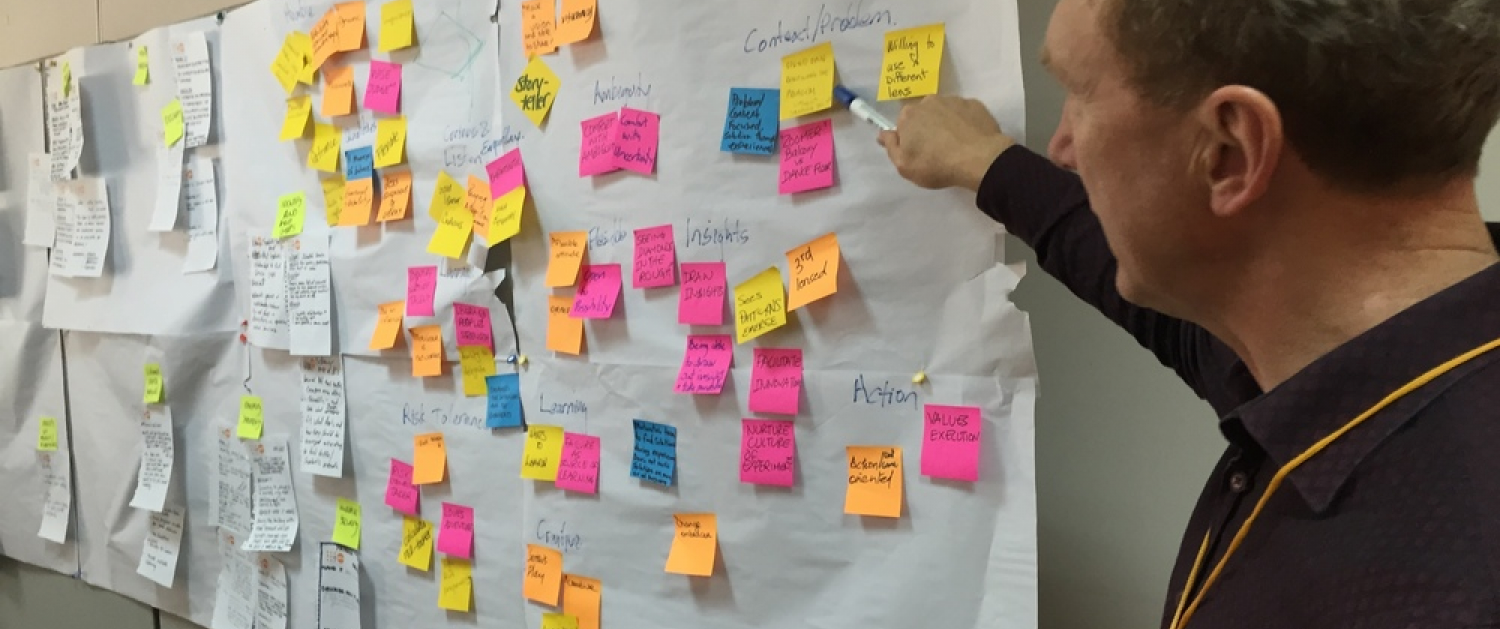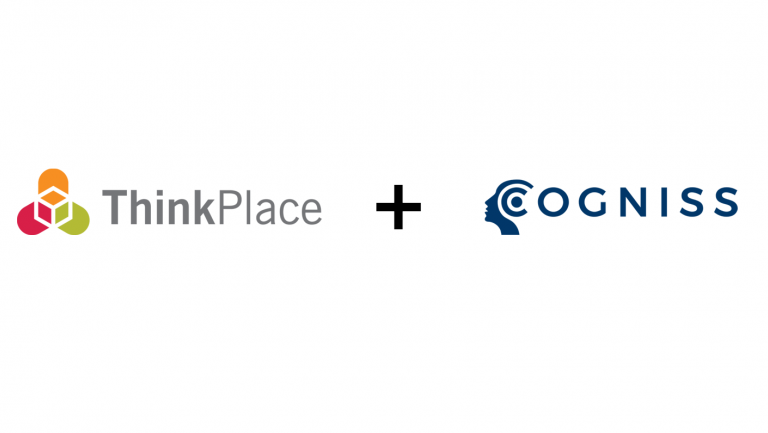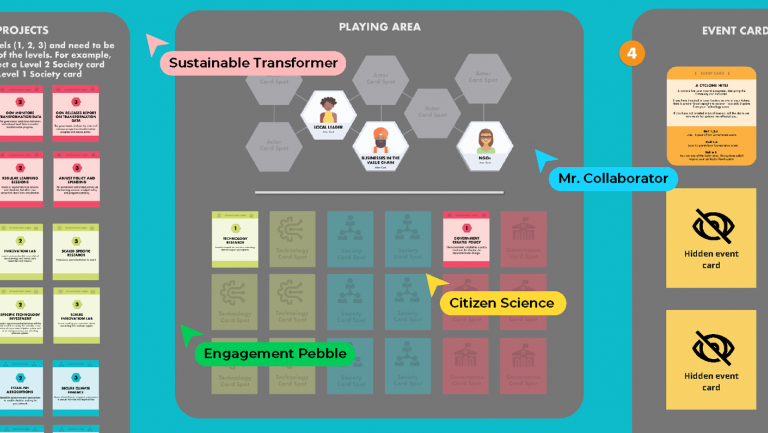Sign up for our monthly newsletter

The important statement you probably missed in this year's Federal Budget...
You wouldn’t have heard Treasurer Scott Morrison mention it in his budget speech.
And you probably didn’t read about it in the newspaper headlines the next day.
You had to look carefully. Deep in the fine print of budget paper number four.
But when you did, it was easy to discover a collection of statements that indicate a pretty significant shift in the way the public sector operates in Australia. And it’s one that has the potential to create a new era of policy design and implementation, with considerable benefits for the community.
‘’The government will trial new approaches to mobilising multi-skilled teams, drawing on private sector and academia, to work on whole-of-government challenges” the budget declares.
‘’This will include bringing the right experts together and the use of ‘design thinking’ methodologies to help solve complex problems.”
‘’It will also include incorporating citizen feedback (human centered design) to help identify improvements to service delivery, all the way through to implementation.”
Yes, that’s right. Design thinking for complex problems…
In public sector organisations.
This approach has the potential to reframe how government departments and agencies go about the process of design. And by employing these methods, we can look forward to a new era in which the products of that design process are more beneficial for end users.
If we get it right, the result won’t just be designs that are better to use, that put people at the heart of the systems they must navigate. A pivot towards greater use of design thinking and human-centered design can also mean stronger institutions, a healthier economy and a more sustainable impact on the planet and its environment.
That’s what really excites us about the way these ideas and methods are becoming increasingly mainstream in the Australian (and global) public sector.
Why are we so confident? Because we’ve seen these methods work, time and time again. And while the budget papers suggest a shift, the truth is many areas of government are already using these methods every day to create and implement great policy and programmes.

At ThinkPlace, the design consultancy I founded in 2005, we have developed extensive experience and expertise when it comes to using design thinking and human-centered design to get great outcomes in complex public systems. It’s experience we’ve built over 14 years, working with a host of government agencies – in Australia and around the world – to co-design elegant and effective solutions to the complex problems they face.
This methodology asks plenty of both client and designer but the ideas behind it have proven remarkably adaptable across different sectors and in different contexts. We’ve seen this work in the defence and security sector, in health, across a wide range of projects in the Environment and Energy space and by pioneering scientific innovation and commercialisation with the CSIRO.
We’ve become specialists at using design thinking skills and a collaborative approach to help agencies drive huge cultural and digital transformations, working at a systems level. Along the way, we’ve gained expertise in critical emerging areas like blockchain, big data and machine learning.
When we started talking about this approach back in 2005 we had a lot of explaining to do. It was pretty foreign stuff for a lot of senior government and public sector people.
But we’ve seen a huge change over recent years as design thinking has gained a foothold in Canberra and beyond. The fact that these ideas are being mentioned in the official budget papers as a necessary strategic pivot is hugely encouraging.
Our clients – among them some of the most senior and innovative public sector leaders in Australia -have helped advance this way of doing business. They have displayed the courage to do things differently; the commitment to new methods and open minds that is common to all innovators.
They’ve used design thinking, collaborative and human-centered design to help them tackle their thorniest problems. And time after time – they’ve come back for more.
Because these methods work. They add real value. And they lead to outcomes that are significantly different and better than the traditional way of doing things in Canberra and beyond. We are champions for these ideas. We want to see them thrive, spread and play an increasing role in designing great policy and implementation.
But that’s not the full extent of the impact we hope to see.
There’s a fundamental principle that amplifies and focuses the impact we and our clients aim to make.
As design thinkers, we create for public good. Every project we take on – and every partner we collaborate with – is working to make the world a better place. Within our own four walls, we understand this via our commitment to the United Nations 17 Sustainable Development Goals.
Ending poverty. Tackling climate change. Strengthening economies and civic institutions. Pursuing better health outcomes for the world’s people. These are lofty goals. But when you factor them into your thinking, as part of a co-design process, you start to see the kinds of connections, relationships and opportunities that are intrinsic to the design thinking experience. They are, of course, worth pursuing for their own sake. But they also help create better designs. Better project outcomes.
DESIGN THINKING
We live in an increasingly complex world. And that throws up complex problems. Our methodology uses the language and techniques of design to create value in complex systems.
When we design in complex systems most of the factors that determine success are outside the control of the designer. An inexperienced designer will blame the system for the failure of their theoretical design. But the experienced designer recognises that they need to take account of the whole ecosystem. To be successful they have to broker many perspectives across that system.
All of the participants in a complex system must be considered when designing because any one of them could choose to support or work against the proposed change. The mastery of complexity is about understanding how complex systems behave.
Together, we first map the present state and develop a statement of intent – an imagining of the desired future state. Then we build and test prototypes as a way of moving ever closer to the desired outcome.
We have a huge range of tools and methods that we use to achieve this, drawn from our rigorous theoretical underpinning and stress-tested across thousands of hours of client work.
HUMAN CENTERED DESIGN
When we design we put people at the heart of what we do. Government departments are charged with creating and running systems, projects and programs. We never lose sight of the fact that all of these structures must be navigated by users. By people.
Designing from the user’s point of view requires empathy, attention to detail and a commitment to a truly inclusive form of collaborative design. It’s not easy.
But the result is design products that are appropriate for and aware of the context they will operate in. A program that works well on paper but is ignored, disliked or circumvented by those who must use it can never be a success.
COLLABORATION
For us, collaboration means more than just asking a client what they want and writing it on a whiteboard. It’s about more than an end-stage stakeholder consultation where a virtually-finished design is presented to users as a fait accompli for their comments.
It’s about identifying all of the relevant stakeholders for a process early in the piece and incorporating their voices into the design process. When you design with buy-in from the people who matter the likelihood of a successful result is vastly greater. The likelihood of unintended negative consequences diminishes.







